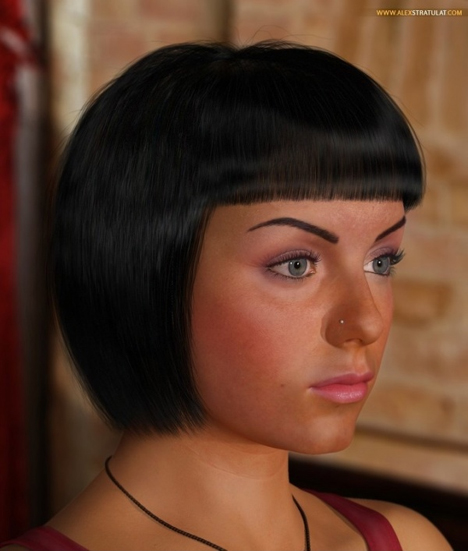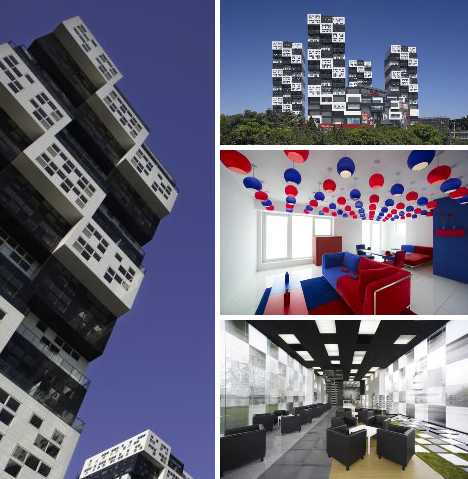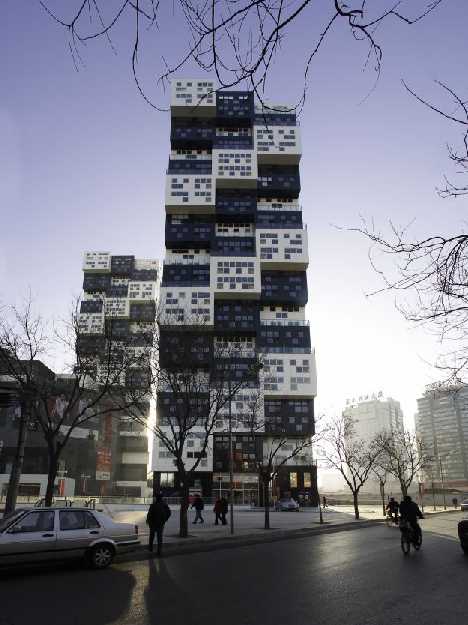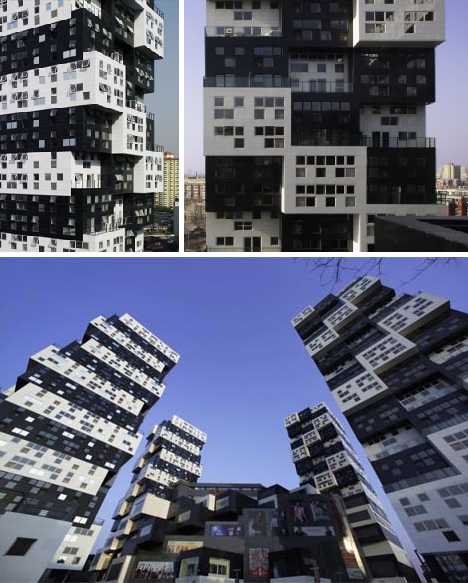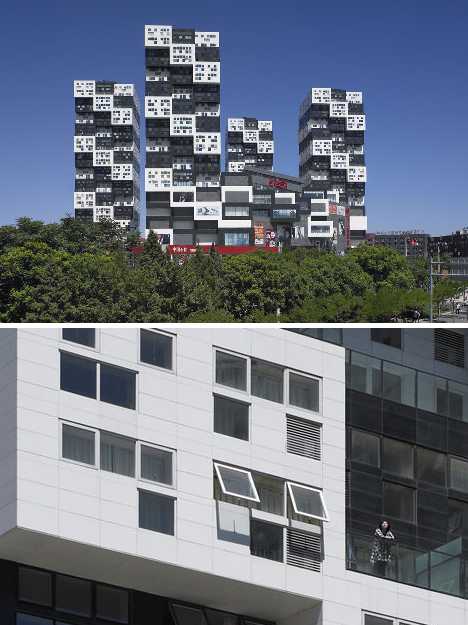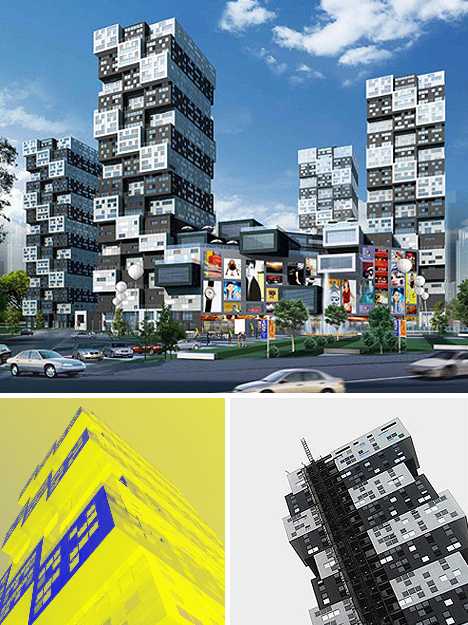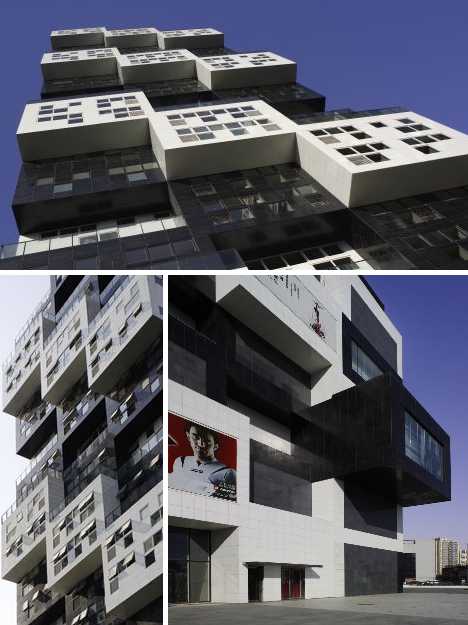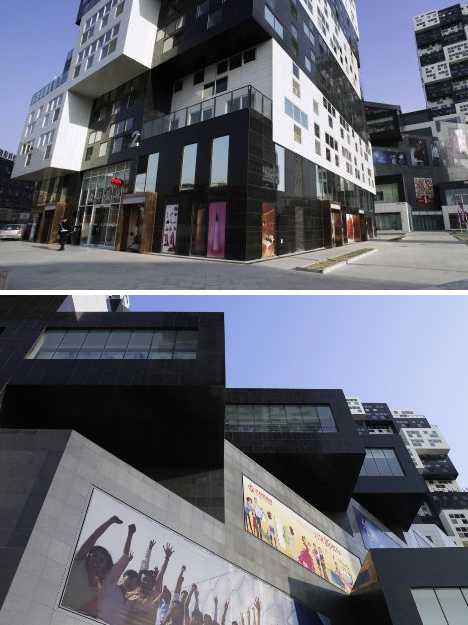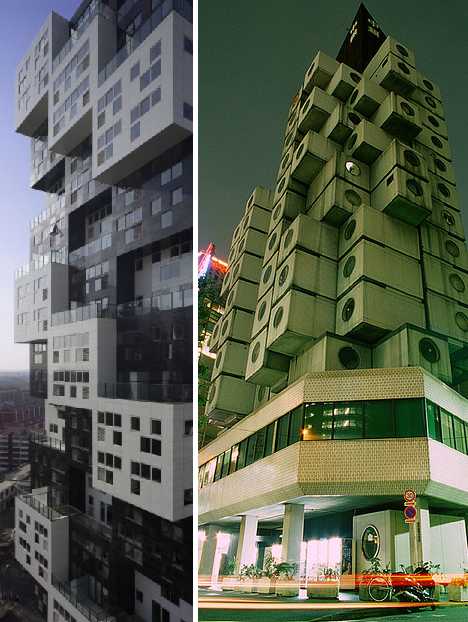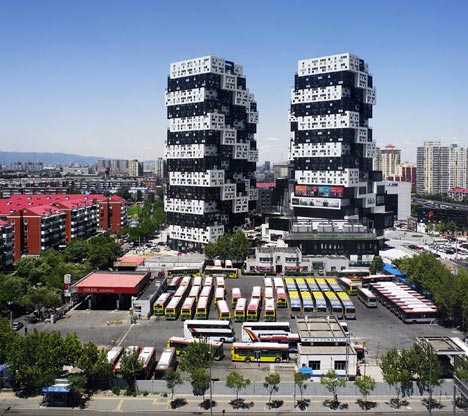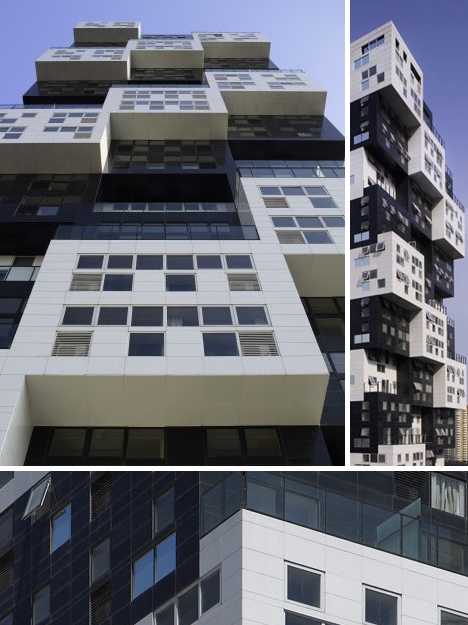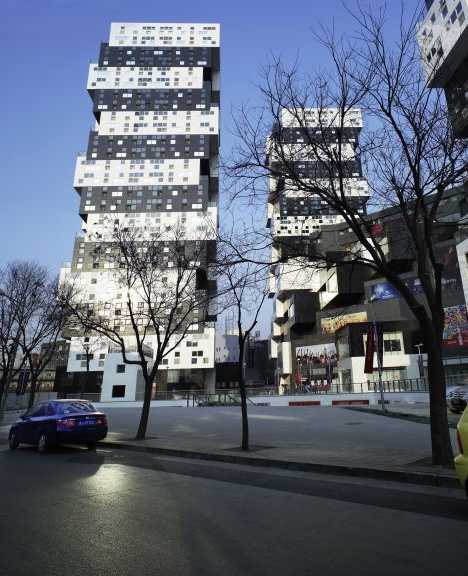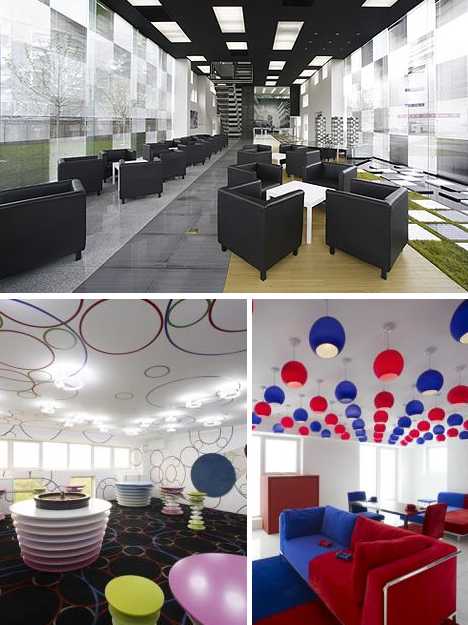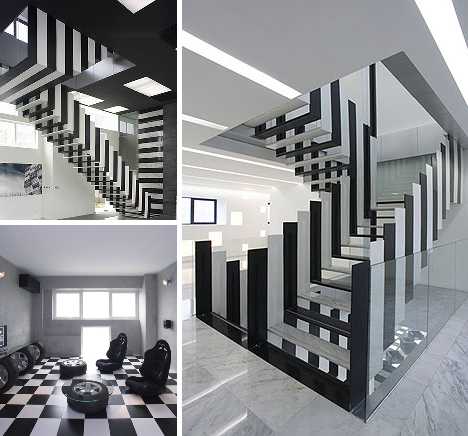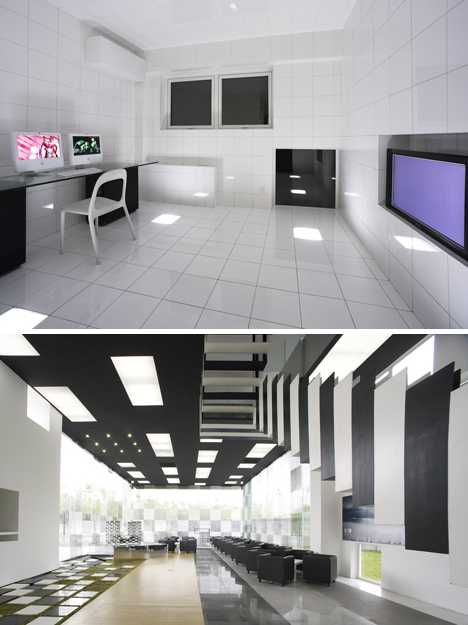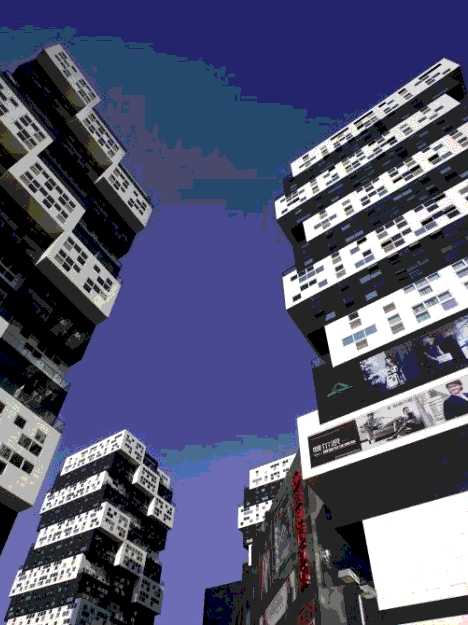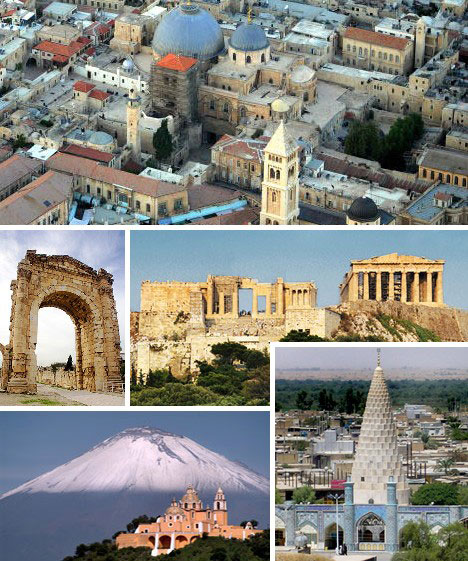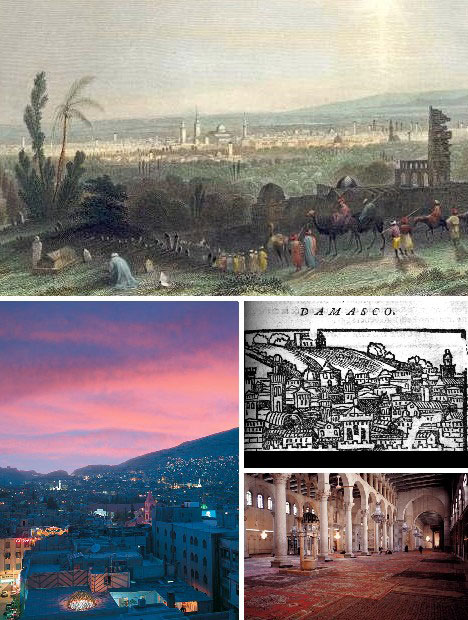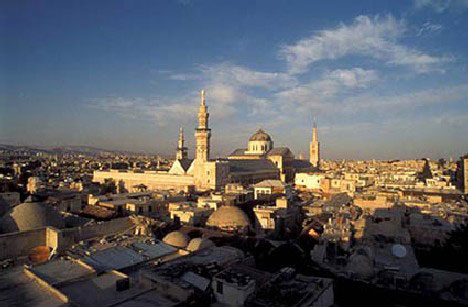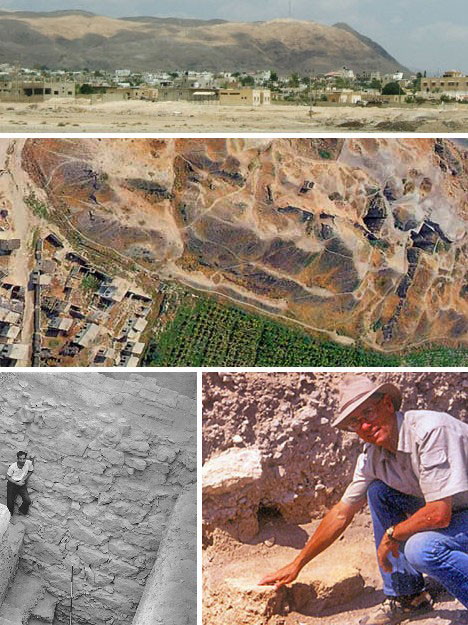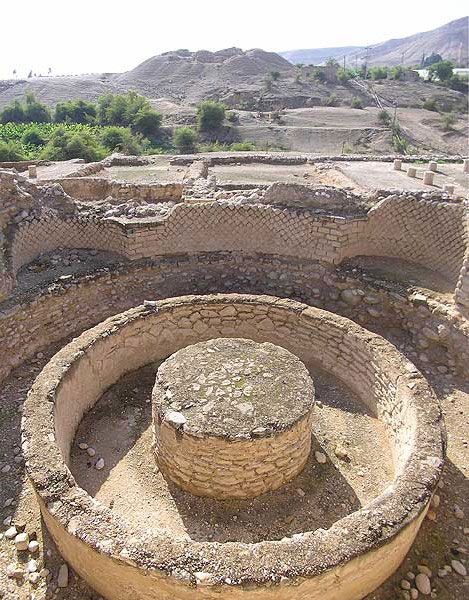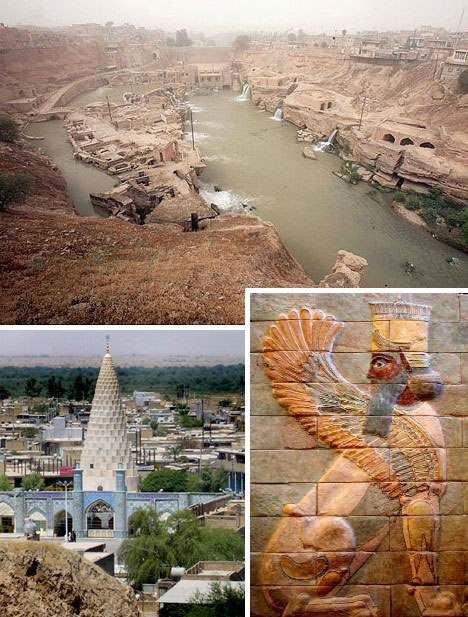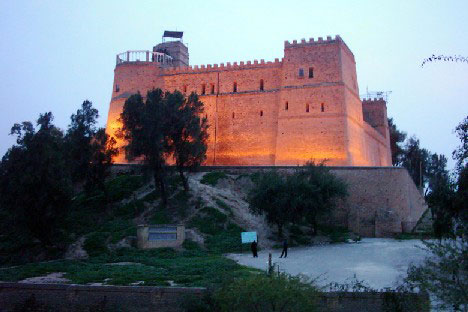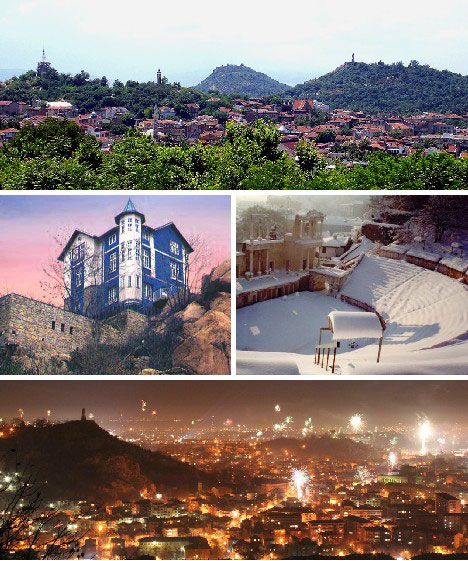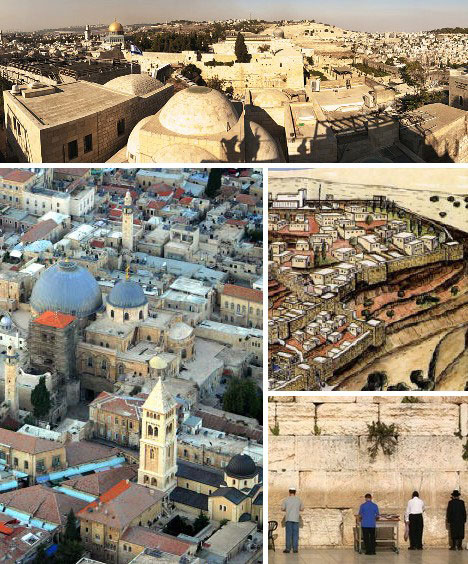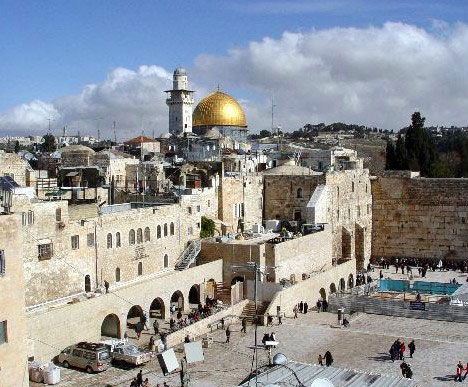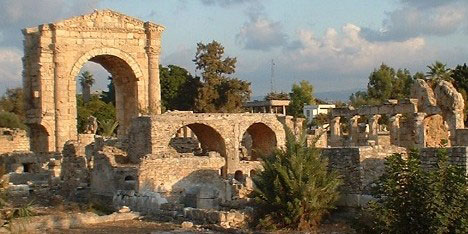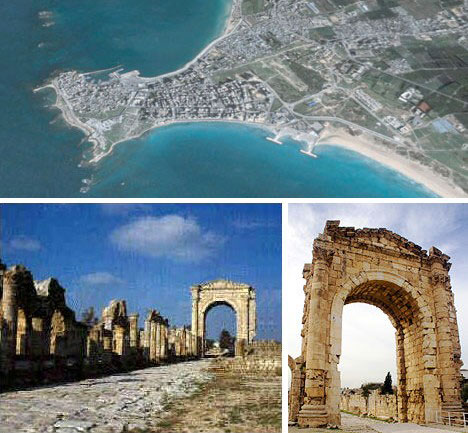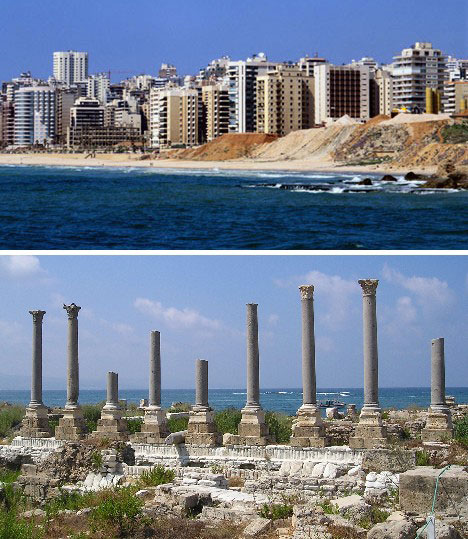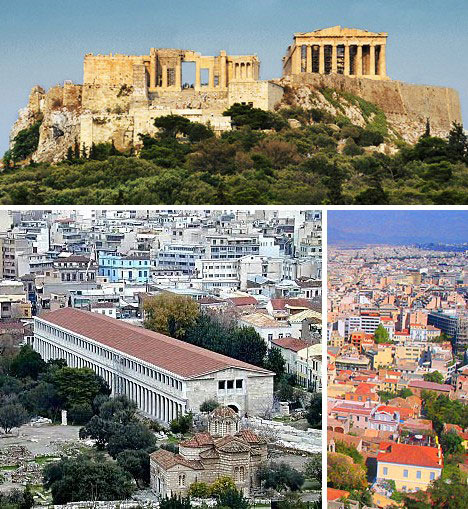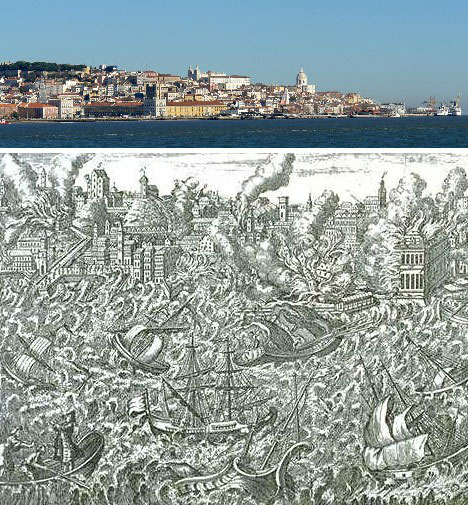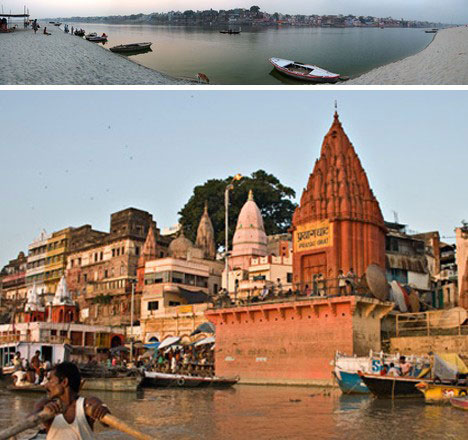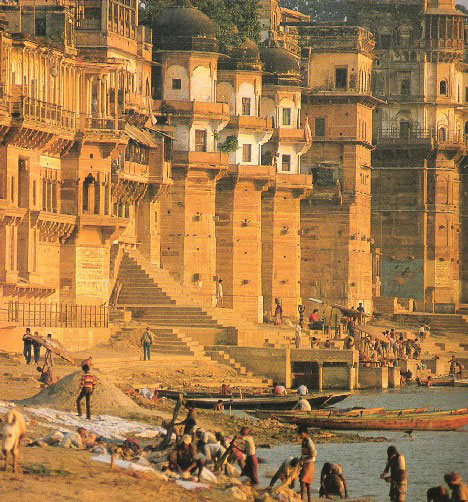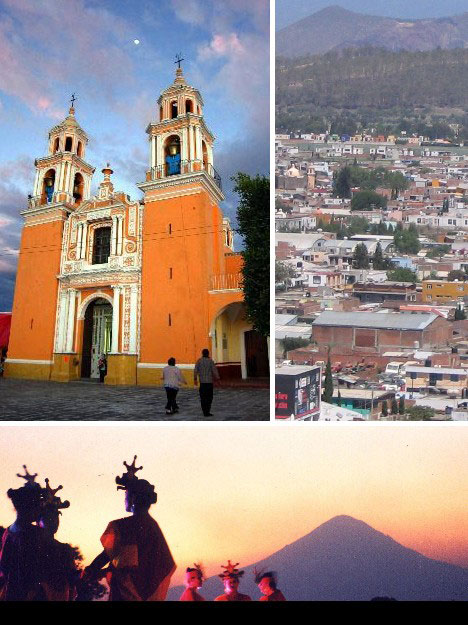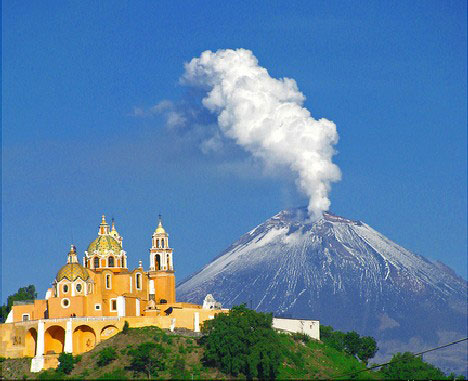
Piotr Fox Wysocki

(image via: cgsociety.org)
The texture of the fabric. The gleam of the metal helmet. The pores, tiny hairs and imperfections of the skin. Piotr Fox Wysocki proves his mastery of 3D art with “The Last Elf”, a truly mind-blowing testament to how powerful 3D modeling programs have become. The project was certainly a labor of love, as Fox Wysocki notes that “As far as Iremember there were 1,300,000 small hair in the fabric.”
Juan Siquier
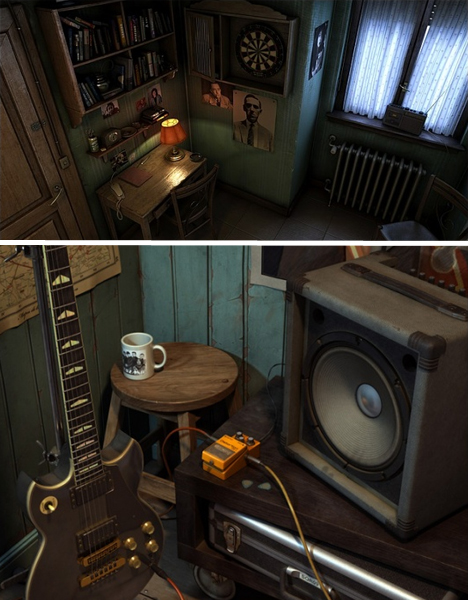
(image via: siquier.cgsociety.org)
3D artist Juan Siquier has managed to stir together a complex pot of magical ingredients to make this image so believable and moody: perspective, lighting, texture, and all of the little details that make up a personal space. See it full-sized on CGSociety.org to really appreciate the artistry of this image.Arthur Wiechec
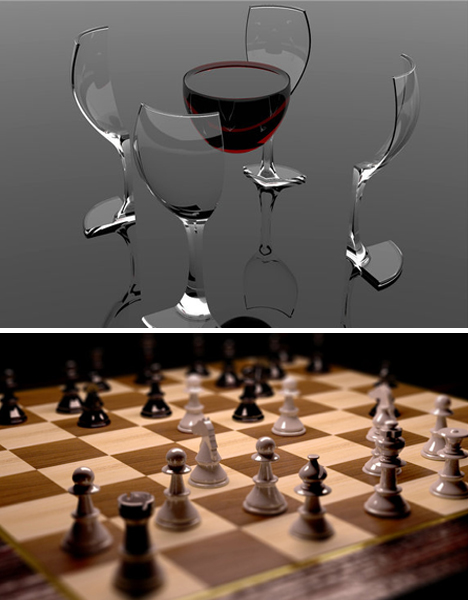
(image via: djdrako.deviantart.com)
Polish artist Arthur Wiechec may design everyday items like wine glasses and chess boards, but he infuses an incredible amount of life into them. Only the physical impossibility of floating wine and precariously balanced quarters of a glass betray the source of the image.Kuanfu Sun

(image via: apollo13c.cgsociety.org)
Macro photo of a bee, or work of computer art? Kuanfu Sun makes it hard to tell in this image, which is richly detailed down to floating bits of dandelion in the background.Rodrigue Pralier
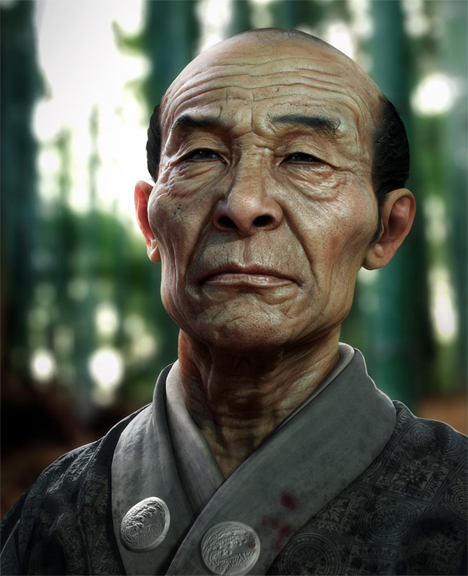
(image via: 3dtotal.com)
Principal Artist at Bioware Montreal , Rodrigue Pralier has worked on 3D characters and backgrounds for games like Mass Effect 2 . This particular piece was done using Zbrush, 3Ds Max and Photoshop.“I wanted to do a piece with an old Samurai. He just had a fight and won over another samurai. He is completely detached, he has done it so many times before. Now he just awaits for the one who will beat him, and end his nonsense life.”
Hong Phi

(image via: hongphi.deviantart.com)
If you saw one of Vietnamese conceptual 3D artist Hong Phi’s interiors in a magazine, you’d never guess that it wasn’t a photograph of a richly appointed home. But all of these images – including the incredible food spread above – were made using CG.Rick Baker

(image via: monstermaker.cgsociety.org)
Renowned makeup artist Rick Baker turned to CGI to create a stunning likeness of Frankenstein’s monster. “This piece entitled “The Monster” is based on one of my favorite stills, of my all time favorite monster Boris Karloff as Frankenstein’s Monster,” he writes on CG Society.“I used Modo ZBrush and Photoshop to create this piece. Jack Pierce had crude materials in 1931 to create this makeup but managed to create an image that the whole world knows. Besides trying to do a likeness of Karloff I hoped to show some of the emotion that he put into this character.”
Mauro Corveloni
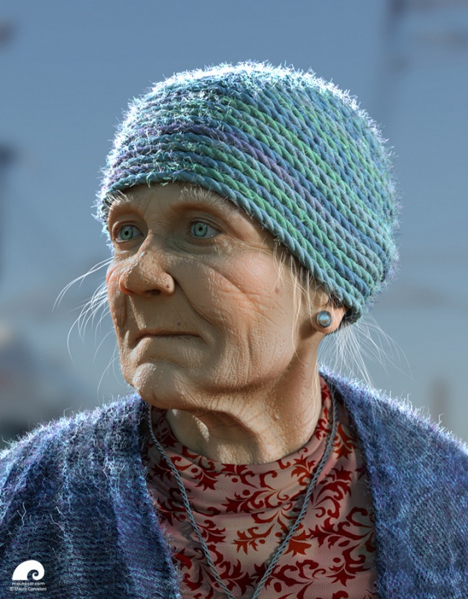
(image via: maurocor.cgsociety.org)
Mauro Corveloni’s “Muriel” may not quite look like a real woman – there’s something sort of waxy about her – but what’s truly impressive here is both the lighting and all of those tiny, fuzzy fibers on her hat and sweater.Finn Meinert Matthiesen
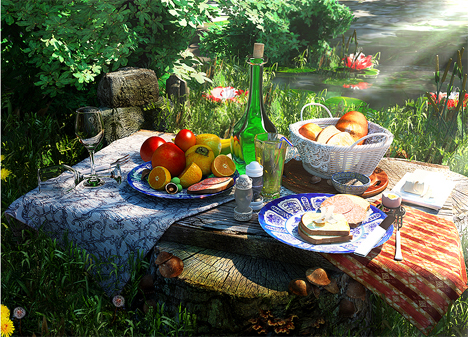
(image via: madmaximus83.deviantart.com)
It’s an idyllic scene – a romantic picnic with textured table linens, a glass wine bottle, fruit and a basket full of bread with a lilypad-covered lake in the background. German graphic designer Finn Meinert Matthiesen says he used 3D-Studio Max 2009, VRay and Photoshop to create this image.Max Wahyudi

(image via: student.vfs.com)
It’s tempting to assume that Max Wahyudi must have just edited an image of Heath Ledger as The Joker for this image – such is its realism. But you can see the whole fascinating modeling process laid out step-by-step at Max’s website, as each element is carefully arranged and enhanced.Max Kor
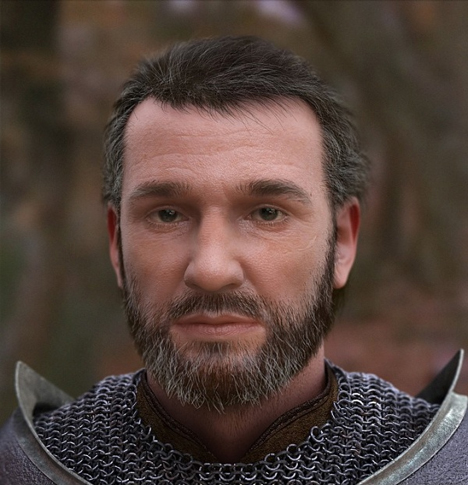
(image via: mkor.cgsociety.org)
Each tiny eyelash, fine little hair, bump, wrinkle and scar make this 3D CG image by Max Kor astonishingly realistic – not to mention the reflections on the figure’s chain mail. And this image isn’t even an example of the latest and greatest 3D technology – it was created in 2005, making it all the more impressive.Ed Whetstone

(image via: edthehobbit.cgsociety.org)
“This project was all about texturing something deceptively simple, the Sultan of Slime, the humble snail,” artist Ed Whetstone explains. “Then, the challenge was to composite it convincingly onto a photographic plate. The trickiest bit was replicating the very particular pattern of bumps and protrusions that snails always exhibit. This particular snail isn’t based on any specific species, but a mishmash of ones I thought looked interesting.”Pasquale Giacobelli

(image via: karma3d.cgsociety.org)
Pasquale Giacobelli’s images may not have quite the crispness and shocking realism as some of his fellow 3D artists, but his art has a special something that many of them are lacking – humanity. There’s something in the eyes of his subjects that seems more fully alive than most computer-generated portraits.Cornelius Comanns

(image via: cernulois.cgsociety.org)
Reflections can be tough to get right in any artistic work, but Cornelius Comanns has certainly crafted them convincingly in this piece, featuring an ice cube and two ladybugs.Alex Stratulat
